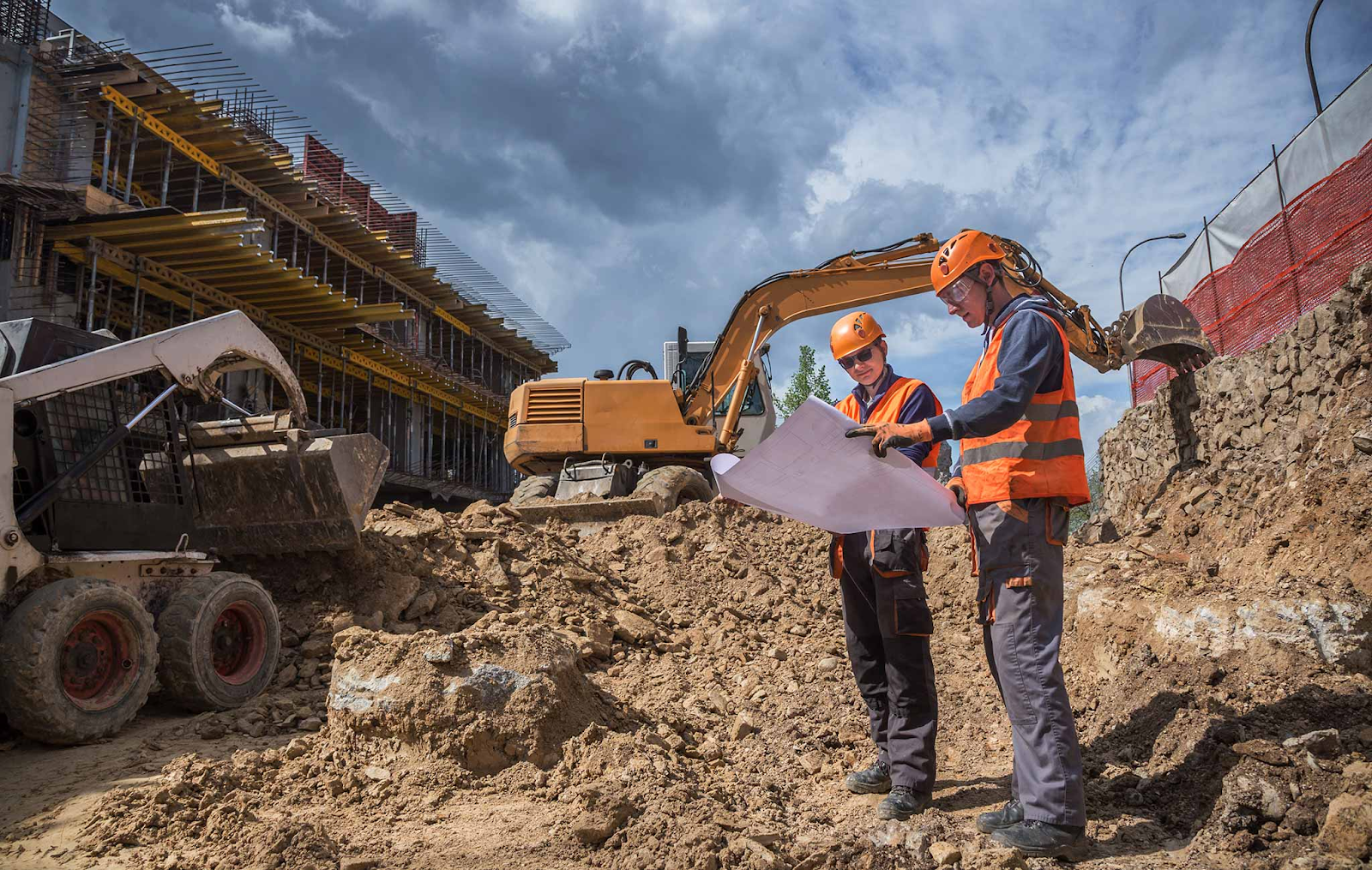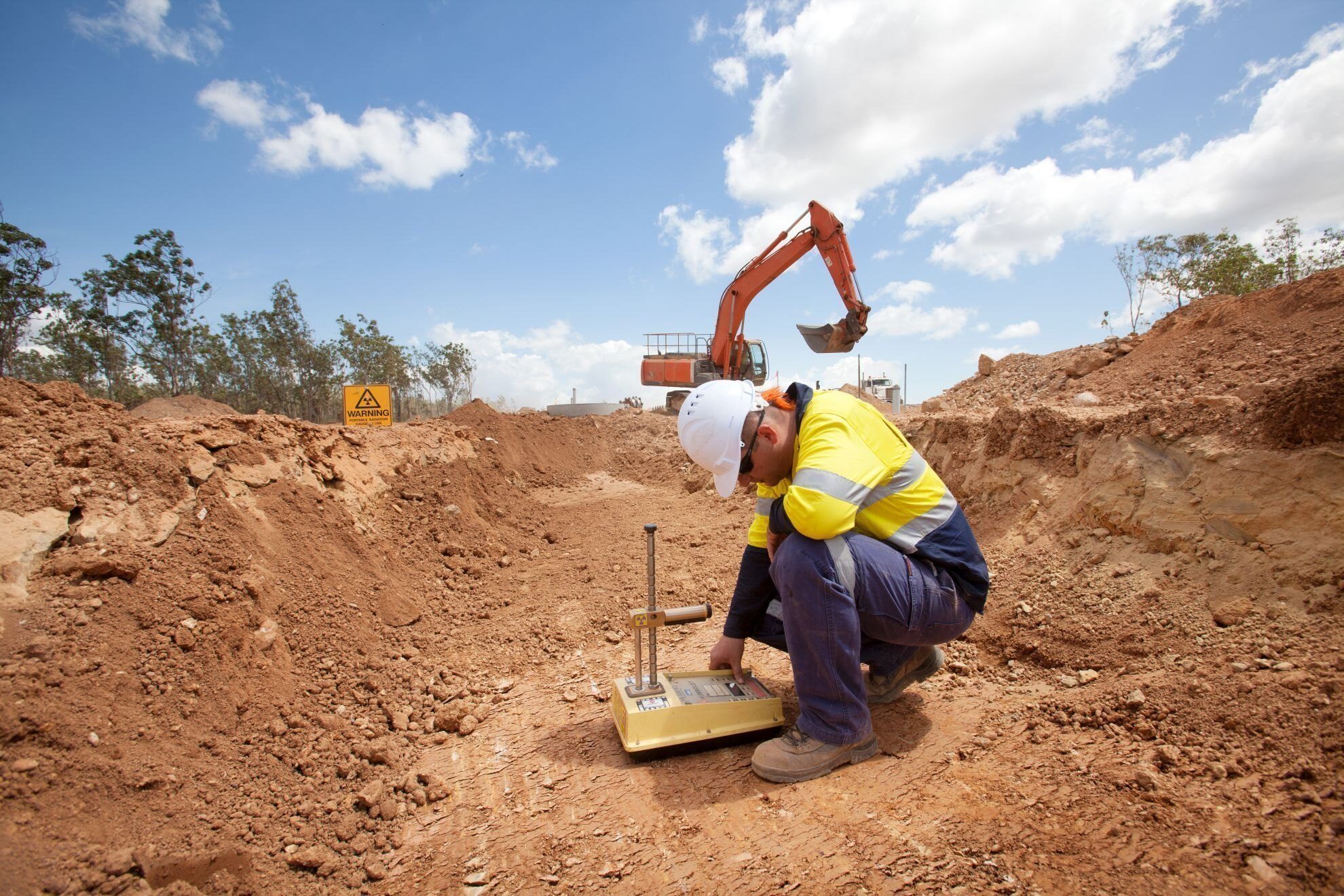Rumored Buzz on Geotechnical Engineering For Construction Projects
An Unbiased View of Geotechnical Engineering For Construction Projects
Table of Contents9 Easy Facts About Geotechnical Engineering For Construction Projects ShownGeotechnical Engineering For Construction Projects Things To Know Before You Get ThisGeotechnical Engineering For Construction Projects - An OverviewSome Ideas on Geotechnical Engineering For Construction Projects You Should KnowThe Buzz on Geotechnical Engineering For Construction Projects6 Easy Facts About Geotechnical Engineering For Construction Projects ShownAll About Geotechnical Engineering For Construction Projects
and Kovacs, W. (1981 ), An Introduction to Geotechnical Engineering, Prentice-Hall, Inc. Deep Check Tech (2023 ): Deep Check Tech reveals hidden frameworks at the website of Denmark's tallest structure. "Geofrost Coring". GEOFROST. Fetched 20 November 2020. Han, Jie (2015 ). Concepts and Technique of Ground Improvement. Wiley. ISBN 9781118421307. RAJU, V. R.Ground Improvement Technologies and Situation Histories. Singapore: Research Study Publishing Solutions. p. 809. ISBN978-981-08-3124-0. Ground Renovation Principles And Applications In Asia. Pariseau, William G. (2011 ). Style evaluation in rock auto mechanics. CRC Press. Hegde, A.M. and Palsule P (Geotechnical Engineering for Construction Projects).S. (2020 ), Efficiency of Geosynthetics Reinforced Subgrade Subjected to Repetitive Lorry Loads: Experimental and Mathematical Studies.
Cengage Understanding, Stamford, 666 p. Atkinson, J., 2007. The mechanics of dirts and structures. Taylor & Francis, N.Y., 442 p. Floating Offshore Wind Wind Turbines: Feedbacks in a Sea state Pareto Optimum Layouts and Economic Analysis, P. Sclavounos et al., October 2007. Nicholson, D, Tse, C and Penny, C. (1999 ). The Observational Method in ground engineering principles and applications.
Geotechnical Engineering For Construction Projects Can Be Fun For Everyone
Laboratory and field testing plays an essential duty in this process. By removing samples from the planet's subsurface and using a collection of tests, geotechnical engineers can predict the behavior of soil layers and assess their viability for different building efforts. The essence of geotechnical design in civil engineering can not be overemphasized, attributable to a number of factors: The preliminary step in any kind of geotechnical study entails identifying the dirt type at the building and construction website.
Understanding these attributes ensures that just ideal soil types are picked for the development, consequently averting possible structural failures. The foundation works as the bedrock of any building project. Picking the suitable structure kind is a choice that depends upon the extensive evaluation given by geotechnical engineering. This guarantees the longevity and stability of structures by suiting the tons they will bear.

Geotechnical site investigation is a vital action in the preparation and execution of any kind of construction job. It includes the collection and evaluation of information associated with the physical properties of soil and rock underneath a suggested building and construction site. This information is vital for the design and construction of secure, stable, and lasting frameworks.
Geotechnical Engineering For Construction Projects Things To Know Before You Buy
, additionally understood as subsurface exploration, includes a collection of activities aimed at identifying the dirt, rock, and groundwater conditions at a building website. The primary objectives are to identify possible geotechnical hazards, examine the engineering homes of subsurface products, and supply recommendations for the style and building and construction of foundations, preserving walls, and other structures.
This may consist of geological maps, airborne photographs, previous investigation reports, and historic data. The desk research study aids in recognizing possible geotechnical issues and planning the subsequent fieldwork. Complying with the desk study, a site reconnaissance is carried out to aesthetically check the website and its environments. This entails observing the topography, drainage patterns, existing structures, greenery, and any signs of instability or erosion.
Geotechnical Engineering For Construction Projects Fundamentals Explained
Superficial examination pits are dug deep into to directly observe and example the dirt and rock. This technique is useful for studying the top layers of the subsurface and determining near-surface threats. Non-invasive geophysical approaches, such as seismic refraction, ground-penetrating radar (GPR), and electrical resistivity tomography (ERT), are used to map subsurface problems and identify abnormalities.
Dirt and rock samples gathered throughout the area examination are subjected to laboratory testing to establish their physical and mechanical residential or commercial properties. These examinations offer essential data for geotechnical evaluation and layout.
The primary benefit of geotechnical site examination is ensuring the security and stability of structures. By understanding the subsurface problems, designers can make foundations and other structural components that can withstand the tons and environmental pressures they will be subjected to. This reduces the danger of negotiation, subsidence, and structural failure.
The 45-Second Trick For Geotechnical Engineering For Construction Projects
This makes certain reliable and secure building and construction methods. Geotechnical website examinations are commonly needed by building codes and guidelines.
This information is very useful for project supervisors, architects, and contractors in establishing practical routines, budget plans, and backup plans. Geotechnical Engineering for Construction Projects. Skyscraper in a Coastal AreaIn a coastal city, a skyscraper property structure was intended on a website with believed loosened read here sand deposits and a high water table. A thorough geotechnical investigation, including borehole boring, CPT, and geophysical studies, was performed
Geotechnical Engineering For Construction Projects Things To Know Before You Buy
Based upon these findings, the foundation style was customized to include deep stack structures expanding right into steady strata, and ground improvement techniques, such as vibro-compaction, were carried out to reduce liquefaction threats. This aggressive approach guaranteed the security and stability of the structure while staying clear of expensive post-construction remediation. Infrastructure Development on a Sloping TerrainA significant facilities task, involving the construction of a highway and bridges, was intended on a sloping terrain with high slopes.

The Leaning Tower of Pisa (Italy), a legendary building marvel, is well known for its unintended tilt from substantial geotechnical problems. The tower's structure was improperly made to take care of the soft, unpredictable soil beneath it, bring about uneven settlement and its distinct lean. Our world is populated with excellent infrastructure projectsfrom looming high-rise buildings to sprawling bridgesall standing testament to the evolution of the numerous building equipment and approaches available.
Geotechnical design is a specific area within civil design that concentrates on studying the habits of earth materials. This branch dives deep into the groundinvestigating how the soil, rock, and groundwater at a construction site can influenceand be influenced bythe facilities that we erect on and into them. Prior to a single block is laid or a concrete structure poured, geotechnical engineers probe right into the earthgathering important information concerning the site's soil make-up, rock structure, and groundwater levels.
Not known Factual Statements About Geotechnical Engineering For Construction Projects

is a device used to evaluate the honesty and load-bearing capacity of stacks throughout installment, leveraging the principle of wave proliferation. It maximizes building effectiveness by providing real-time examinations, hence guaranteeing risk-free and reliable pile foundations. One of the functional applications of geotechnical design entails choosing and implementing the right methods for foundation construction.
Stack driving stands for even more than the Recommended Reading plain act of putting architectural components into the ground. However, it is a carefully orchestrated process of transferring a framework's load past the less stable soil layers closer to the surfacedown to the a lot more substantial strata that exist under. In the instance of heap driving, take into consideration how geotechnical engineers skillfully use this technique to equally disperse the framework's weight.